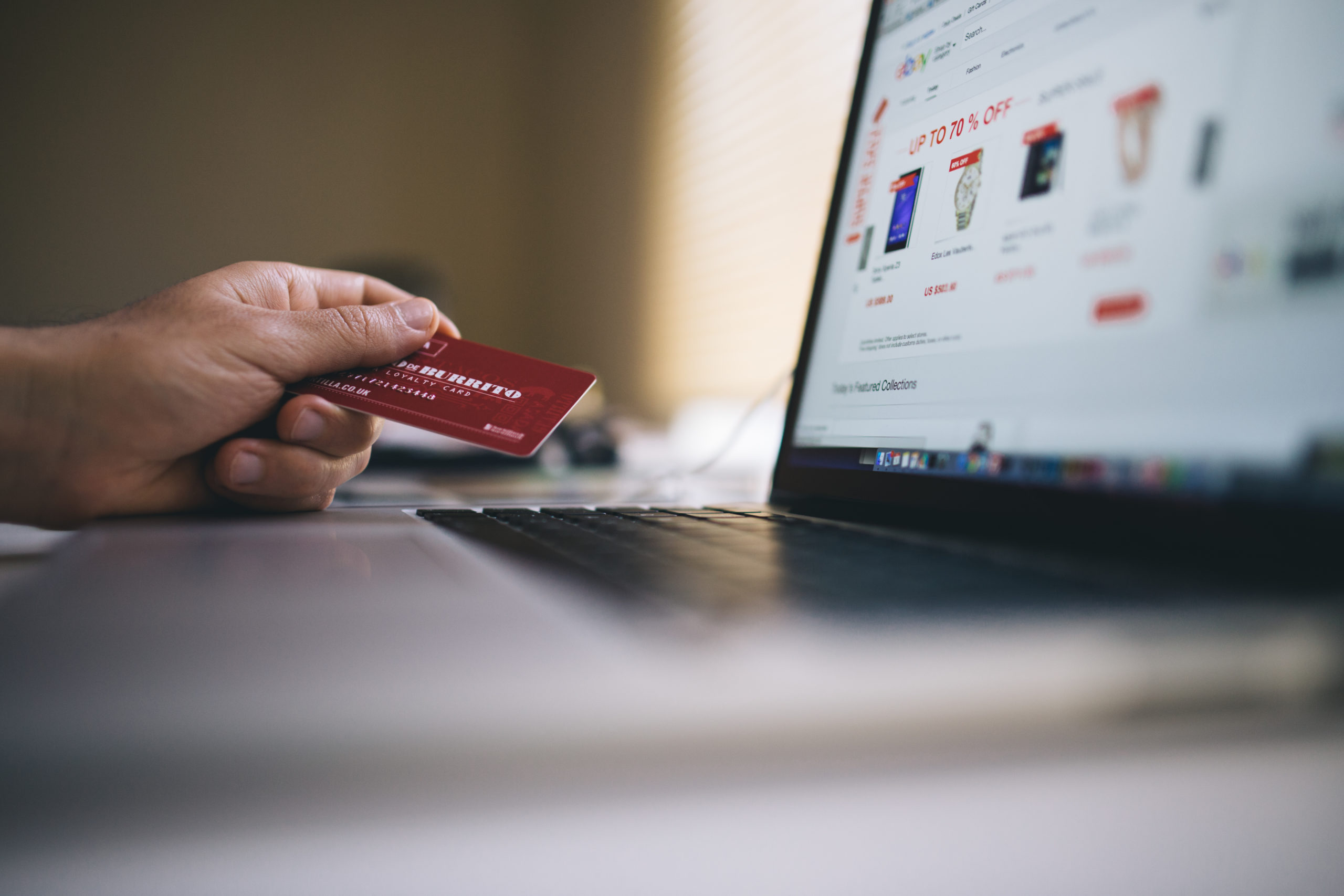Is This Website Safe to Buy From? 6 Safe Online Shopping Tips
What’s not to love about online shopping? You can buy pretty much anything online — from groceries, cars, and homes to private islands and other wacky, weird, wonderful stuff. The prices are right. You can shop at your convenience, and shipping is quick and free (typically). Along with all the perks of online shopping come some risks.
According to the FTC’s Consumer Sentinel Network Data Book 2020, identity theft and imposter scams were the top two categories of the 4.7 million consumers’ complaints. Like in-store shopping, you must protect your personal information when buying things around the web. Here are six online shopping tips and tricks.
1. Use Strong Passwords
How often do you change your password? Do you create unique passwords, or do you merely run with the “something simple and easy to remember” kind? If you answered “seldom” or “never” to these questions, you’re leaving your data vulnerable to hackers. To prevent cyber thieves from stealing what’s yours, follow these guidelines for creating strong passwords:
- Avoid easy to guess words from the dictionary or personal information like your name or kid’s birthdate.
- Use a combination of lower and uppercase letters, numbers, and symbols. Or use a long passphrase you can remember and criminals can’t figure out.
- Don’t use the same password across multiple sites. Having a unique password for every site helps ensure that the remaining accounts stay safe if one account is involved in a data breach.
- Use a password manager to help create, manage and enter passwords, so you don’t have to.
2. Shop Trusted Sites
Obviously, the safest way to shop online is to buy from retailers you know and trust. But then you’d miss some cool opportunities to find some boutique-type treasures. Look for a 🔒 symbol in the browser’s website address field.
Avoid typing the store’s name into the browser bar because misspellings in a URL can land you on an illegitimate page that looks like the real deal and cost you your personal info, including your credit card number if you purchase anything. Also, pay attention to typos within the site links or websites that use a different domain like .net instead of .com as these too could be fake sites.
If you find a retailer online that you don’t know, but looks enticing and interesting, do a little homework before you enter your personal information. Here are a few ways to tell if an online store is legit:
- Review online reviews (Trustpilot is a good source).
- Make sure the site begins with “https” and not “http” — the “s” means the site’s owner has ensured the website is secured.
- Check out the ecommerce site’s “contact” information to see if they provide their physical address and contact info.
- View the site’s return policy to ensure (1) they have one and (2) it’s reasonable.
- Make sure they have a privacy policy published (and read through it to make sure it meets with your approval).
- If the site allows display ads from others, check to make sure they aren’t promoting questionable content (illegal online gambling, adult content, etc.).
- Review the company’s social media presence — note how recent they’ve posted and what their followers say about and to them.
3. Pay With a Credit Card
The key to online shopping safety is protecting your bank information and putting as much distance between your finances and would-be cybercriminals.
Unlike a debit card, which provides cybercriminals direct access to your banking account, most credit cards offer a zero liability for fraud policy. Ask your bank if they offer this. This credit card benefit means you’re not on the hook for any money a criminal uses for purchases. Whenever fraud is suspected, your credit card company will investigate questionable transactions and send you a new card.
You can also opt for prepaid credit cards, which will only allow you to spend what is on the card.
4. Use Apple Pay or Google Pay When Shopping Via Smartphone
Pay with a mobile payment like Apple or Google Pay, providing it’s an option when shopping through a retailer’s mobile app. Either of these payment methods will generate a unique one-time authentication code for each transaction that no one else can steal and use.
5. Avoid Public Wi-Fi When Shopping Online
While you may be tempted to shop while on the go, wait till you get home or another secure place where you know the wi-fi is protected. It’s possible someone near you could be spying on your online activity taking note of any information like your name, address, or credit card number, you enter on your device.
6. Track Your Purchases
Making sure your online purchases are headed your way is equally important. If a merchant fails to provide shipping information or status updates on your order, contact your credit card company, and see if they can look into the matter and remove potentially fraudulent charges from your bill. Use OneLaunch’s tracking tool and keep an eye on multiple deliveries across UPS, FedEx and USPS all in one place without needing to re-enter a tracking number every time you want an update.
Taking all the precautions necessary to shop online, you can simplify your digital shopping experience with the OneLaunch shopping tool. This feature allows you to pin quick links to some of the biggest retailers, including Best Buy, Michaels, and Walmart, to your OneLaunch dock giving you safe, one-click access to each site. Or, securely search and make purchases from a host of Amazon categories such as Prime Video, Electronics, Toys & Games, and Baby. The OneLaunch shopping tool further provides quick links to top coupon and deal sites like Groupon, RetailMeNot, Coupons.com, and Pricegrabber.










 Share On Twitter
Share On Twitter